FM in Houston - Early Developments
Perhaps the earliest mention of an FM in Houston came in a brief story on page 1 of the Post on February 19, 1942. The Houston Printing Co., owner of the Post and KPRC, had filed for a permit for a frequency modulation station on 46,500 kc (46.5 mc). There was no further detail of the technical specifications but the very brief mention did indicate the coverage area would be about 10,500 square miles serving an estimated population of 722,600 and there was a brief explanation of the difference between FM and standard broadcasting.
This application is also found in a list in FM Magazine in February 1942. This was a list of ‘CPs filed and authorized by the FCC up to February 17, 1942,’ but there was no indication of the construction status of this station. The FM band was between 42 and 50 MHz at that time (or, as it was designated then, mc, for ‘megacycles.’)
The FCC was experimenting with the use of alphanumeric calls for FM stations but none had been assigned for this station. Based on the system in use, the calls would have been K65 followed by a 2 letter code to signify Houston such as HO or HT. In other words, both the frequency and city of license was built into the calls. Experimental stations would have an X in their calls. Both the public and broadcasters did not like this system of assigning calls and it had obvious limitations and was dropped in November, 1943, and stations were allowed to choose their own calls. Most early FM licensees were also AM licensees and they chose to simply add ‘FM’ to their AM calls. The only other station in Texas on the list of February 17, 1942, in FM Magazine was in Amarillo and it also was not on the air.
So far as is known, this early Houston FM never got on the air. There was a wartime freeze on civilian construction, a shortage of necessary equipment, and a controversy over where the FM band should be. As of June 17, 1945, the FCC resolved that question and designated the frequencies between 88 and 108 MHz for FM. A list of new assignments for existing FM stations moving up from the lower band issued September 12 of that year had no Texas stations on it, so if K65HO (or whatever) ever made it on the air, it didn’t last. Twenty nine more stations were added to the new FM band by the end of the year but a list from the Broadcasting Yearbook, published January 1, 1946, indicated there were still no FM stations authorized by the FCC in Texas. In addition, over the years the Post published several retrospectives on Houston radio and particularly its own involvement, notably when KPRC-FM first signed on and when KLEE-TV became KPRC-TV, but none of these ever mentioned this early FM so I have concluded it never got on the air.
Some FM operators continued to use the lower band for several years. Belo Broadcasting (WFAA, Dallas Morning News) operated an experimental FM in Dallas, W51XC at 45.2 mc in the fall of 1945 (and a high frequency amplitude modulation station in 1939) but the FM is not on the aforementioned list of stations moving up from the lower band so the experimental station may not have been on the air long in 1945.
Belo also claims to have put the first FM in Texas on the air, using the calls KERA-FM (later WFAA-FM) and broadcasting on 94.3 mc, at the State Fair of Texas in Dallas as of October 5, 1946 but a Houston station was to beat this date by six weeks.
The first application for an FM in Houston in the higher frequency band may have been made by Lee Segall in late 1945 or early 1946 but an exact date has not been determined. In reporting Veterans Broadcasting’s application for a station to replace KTHT at 1230 kc when it moved to 790 kc, the Houston Press reported on December 18th, 1945, the new station would be Houston’s fifth so presumably Segall’s applicaton had not been made before then. Segall was a Houston advertising executive, President of Segall Weedin, and had created the radio show Dr. IQ on KTRH in 1937.
The Press reported on April 26, 1946, that Segall Broadcasting Co. had been granted an FCC license for an FM station but no other details were given. Besides his FM permit, which was apparently never acted on, Segall was also an applicant for the station on 1230 kc that was to replace KTHT-AM when it moved to 790 kc but lost out on that competition. He also had applied for a station on 790 but withdrew that application. By 1947, he had relocated to Dallas and put KIXL-AM and FM on the air in Dallas in a partnership with several show business personalities. The ‘Good Music’ format on KIXL was one of the first of its kind and inspired Gordon McLendon’s programming on KELP, El Paso, in the mid-1950s and later his famous KABL, San Francisco. It also possibly was the model for KCOH-AM, Houston, when it went on the air in 1948 and countless early FM stations. By the time of his death in Dallas in 1984, Segall’s connection to early Houston radio had been forgotten.
On May 4, 1946, the Post reported that the previous day its parent company had been granted a ‘final Construction Permit’ for an FM station on 99.7 mc with 19.6 kw power and an antenna of 497 feet. The call letters were to be KPRC-FM. Station GM Kern Tips touted the static free reception of FM and noted it was particularly suited for symphonic broadcasts. KPRC-FM was to make it to the air just before the end of 1946 but was not to be the first Houston FM.
For those interested in reading more about the development of FM broadcasting, Jeff Miller's History of American Broadcasting has a section devoted to FM.



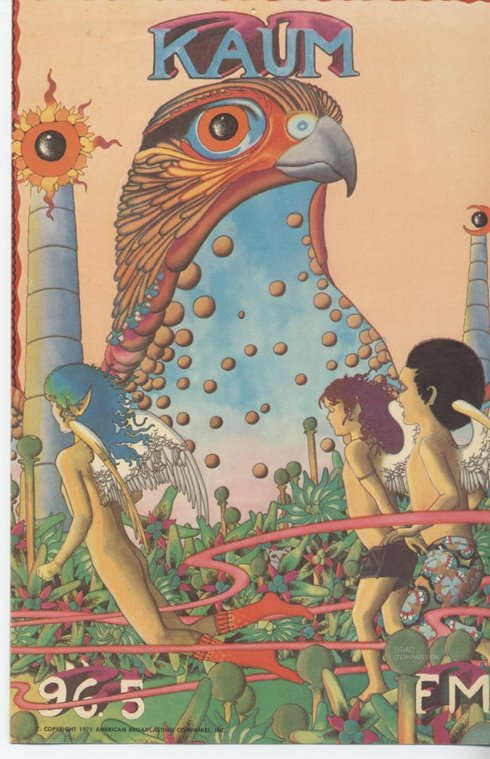
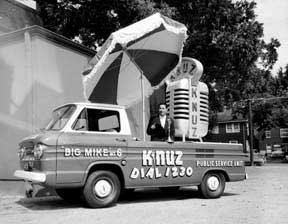


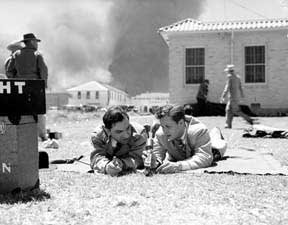
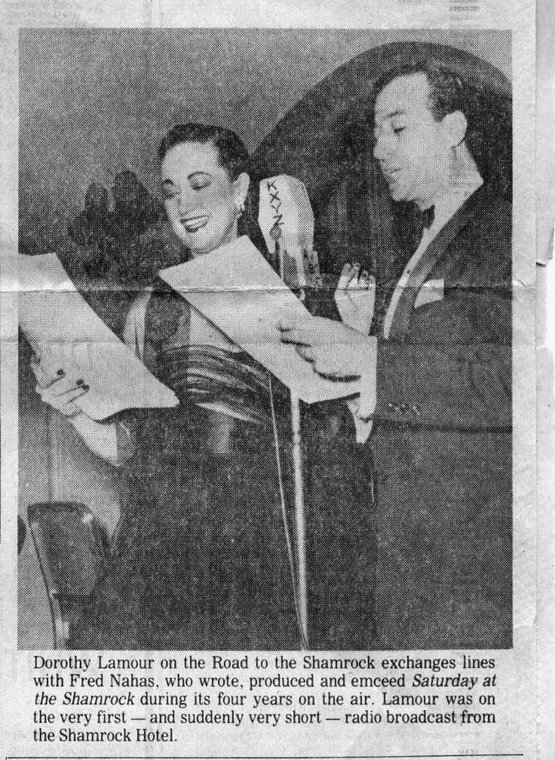
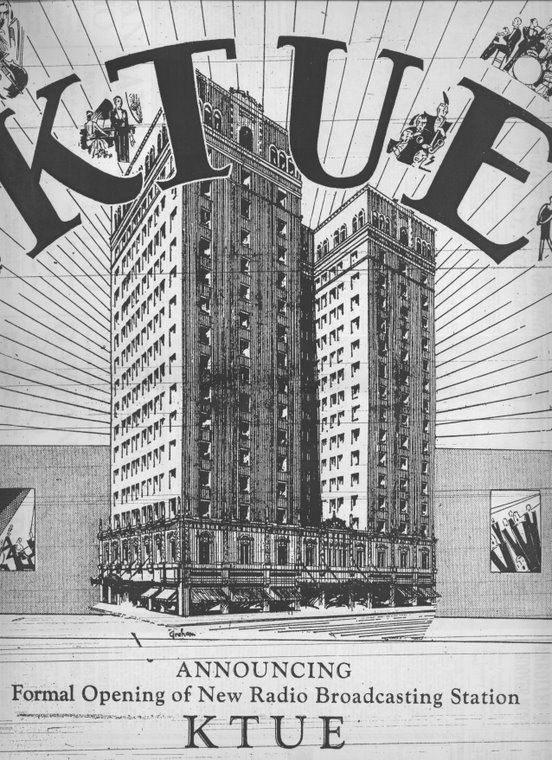
2 comments:
Very small nit to pick: The correct abbreviation for megahertz is "MHz", not "mHz". The SI standard specifies the upper case "M" for mega, lower case "m" for "milli". Thus, when you write "mHz" you are indicating "millihertz" (one one-thousandth of one hertz), which is quite different from "megahertz", (one million hertz). The use of "kHz" for "kilohertz" is correct. (See http://en.wikipedia.org/wiki/International_System_of_Units)
Thanks, er, sort of! I guess I've got a lot of editing to do and that will take some time.
I was initially going to stick with kc/kilocycles, mc/megacyles throughout since I conceived this history to go on only up to 1970 when those terms were still in wide use by radio people and the general public but changed my mind for younger readers who wouldn't know what they meant.
Post a Comment